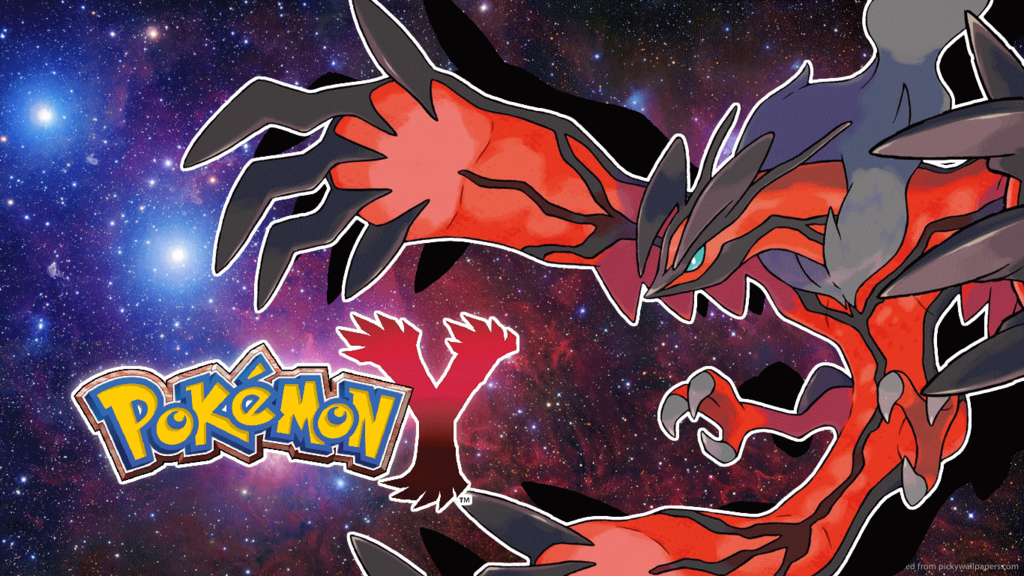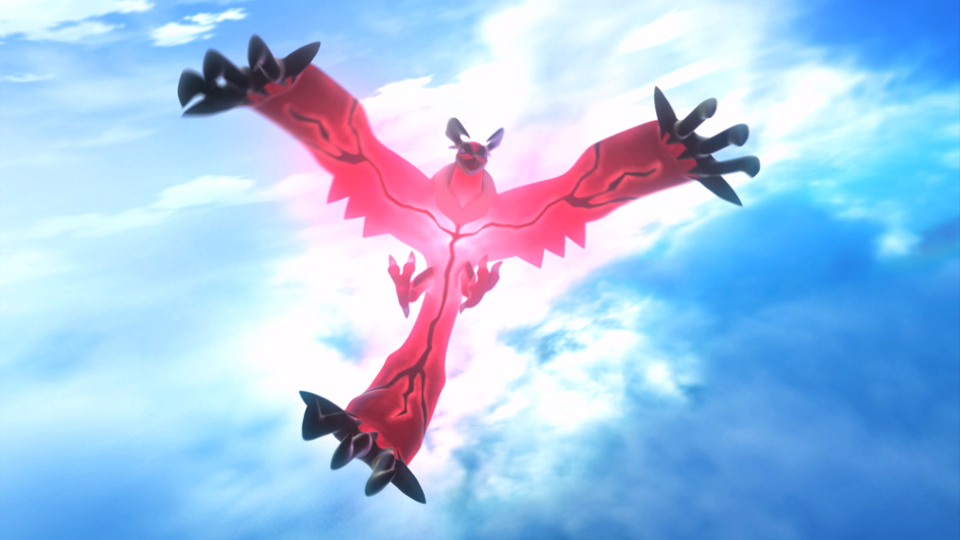Describing the excitement of experiencing a new chapter in the main Pokémon saga is a rather difficult task, but fortunately it is something very familiar to a large part of gamers around the world. Regardless of gender or age, many of us will certainly have had the opportunity to try one of the many games belonging to Nintendo’s successful franchise between a GTA and an Assassin’s Creed, and most of the time it is really difficult to remain immune to the charm of these games .
Behind the mask of games for brats, there is in fact a very complex gameplay that makes Pokémon games some of the most complex role-playing games ever. Despite this, the franchise has remained anchored on too many aspects and characteristics that have remained almost unchanged since the first chapters of the saga, and despite the considerable amount of additions and improvements constantly made to the various titles, it is more than reasonable to hope for something every time truly revolutionary that sheds new light on the Pokémon game series.
A NEW BEGINNING
When the gentlemen of GameFreak and Nintendo gathered around a table discussing what to invent for the new generation of Pokémon games, the thought that influenced every decision from that moment on regarding Pokémon X and Y was to rejuvenate the saga updating all aspects a bit. But the developers’ real stroke of genius wasn’t actually simply creating a new starting point for the saga improving everything that could be improvedor at least almost, but being able to bring the right amount of innovation without throwing out the window the over 15 years of history that characterized the previous five different generations of games.
For that handful of people who still don’t know the Pokémon titles and are about to read this article with curiosity, we need to first make a small introduction to the basic mechanics that make these games unique (or almost). Set in an alternative world to ours and more technologically advanced, the common animal species are replaced by Pokémon, fantastic creatures used by people for various purposes and capable of being transported in small spheres called Pokéballs. In the game we play the role of a young adventurer who learns to become a Pokémon trainer, capturing, cataloging and training various specimens to create a team and defeat the 8 gym leaders in the region, until he reaches and defeats the Pokémon League and thus conquers one of the highest merits to which every Pokémon trainer aspires.
As per tradition, Nintendo has also released versions of the same game this time that are very similar to each other, which differ based on some Pokémon and objects that can be found in one game rather than the other. This choice, harshly criticized by some because it encourages the purchase of two almost identical games, is instead only the first of an immense series of pieces that contribute to making the social aspect of the games belonging to this saga among the most functional in circulation, forcing even the most grumpy and solitary player to get in touch with other enthusiasts in order to complete their Pokémon collection, without naturally considering the infinite possibilities offered by online battles.

But let’s tackle one thing at a time. The game, we said loud and clear, has revealed itselfsurprisingly innovative but at the same time it remained faithful to its past under every aspect. We will begin our adventure in the most classic of ways, choosing our character (who in the future will finally be able to change clothes and hairstyle) and leaving in his own bedroom after Professor Sycamore’s introductory explanation, but this time we will not be alone in our travels , and above all it will not be the regional Professor who will provide us with the first Pokémon: we will immediately come into contact with a group of friends, including our rival, who will allow us to choose one of the three Kalos starters and will accompany us in a rare way invasive in the rest of the game. The most obvious novelty that we will immediately encounter when catapulted into the game is the new three-dimensional and dynamic view: don’t worry, this change, although radical, is much more interesting and appreciable than the first game sequences suggest. This dynamic camera, capable of freely changing angles based on the place we are in and the path taken, is actually able to make the game much more cinematic, making us appreciate like never before the splendid external landscapes finally created in 3D, and it will only take a few minutes to get comfortable and enjoy this new feature, although in some places such as Luminopoli it remains rather uncomfortable.
By 3D we do not mean the ability of the 3DS console to simulate the three-dimensional effect of human vision through its upper screen, but we are talking about real three-dimensional polygons that make up every single element of the game, from the tall grass to the trees , from characters to Pokémon. Certainly not a novelty in the sector, but it’s about time! One of the most succulent innovations of this new pair of games is certainly this, and it has nothing to do with the 2.5D landscapes of the previous chapters, we are in fact talking about arevolutionary graphics sector able to fully exploit the potential of the 3DS with completely three-dimensional rendering. At this point the more nostalgic will begin to worry about what this choice might mean for the two-dimensional sprites of the little monsters during the fights: even in this case, you have nothing to fear! If you are lacking in images or demonstration videos of interface and initial arrangement of the camera, we will soon realize that the dynamic camera also finds space in battles, and that our Pokémon are finally able to demonstrate that they have a soul thanks to their new 3D look, full of excellent animations and ever-changing effects and well made. Finally, to pay homage to both the old two-dimensional sprites and the successful anime of the franchise, each Pokémon is rendered using the cel-shadinga way to make the lighting and shadows on three-dimensional models clear and without nuances, in a manner very similar to what happens, for example, in Japanese anime.

GOTTA CATCH ‘EM ALL!
The new region of Kalos, clearly inspired by France, presents itself to us in a very elegant way, distancing itself from the classic oriental style with which most of the previous games were soaked; the strong European mold is in fact visible in the style of the cities, the customs and the dialogues. Kalos is very large to explore and has an incredibly wide variety of Pokémon, so much so that the Pokédex will be divided into three parts from the start. Another new aspect that we find in X & Y is the fact that already taking our first steps we will have access to a tasty variety of pocket monsters allowing us to shape our team right away.
But Nintendo’s real challenge in this new generation of games was to include a new type of evolution for some Pokémon, known as Mega Evolution. Accessible during the game at a certain point in the plot, this new mechanic allows a Pokémon on your team, if equipped with the respective Mega Stone, to gain a new temporary evolutionary stage during the battle, thus influencing not only the aesthetic form of the creature, but also about stats, size, weight, and even type; these Mega Evolutions therefore remain temporary forms of some Pokémon which, once the battle is over, return to normal, and for this reason they are not listed in the Pokédex.
In Pokémon as well as Mega Evolutions. We will then have at our disposal a few dozen new moves and abilities, new objects and TMs, but above all a new type of Pokémon that will influence not only the newcomers of the sixth generation, but also Pokémon and moves from previous games. This new type, which in our language has been translated as Kobold, therefore brings new resistances and weaknesses in battles between Pokémon, forcing us once again to review our ideal team and strongly influencing the eSports panorama above all.
The main objective of the game remains to defeat the evil team in question and beat the Pokémon League of the region, but the most willing will naturally be able to try their hand at the arduous task of completing the immense Pokédex at our disposal. But what else is there to do? Under normal circumstances, completing the main storyline and becoming regional champion can take around 30 hours, although if you take your time the hours will at least double; but after? The so-called post-game of Pokémon good news is there is also a sufficiently high number of activities to be carried out before completing the main game plot that the game itself is decidedly full-bodied, enjoyable even for 100 hours played and perhaps representing one of the most complete ever.
TOUCH SCREEN FUNCTIONS AND ONLINE MODE
Outside of battles, the lower screen of the console hosts most of the game menus that can be easily explored thanks to the touch technology it is equipped with. But outside the menus, there are three large applications that significantly expand the gameplay and longevity of the title: Virtual Super Training, Pokémon-Amie and the Player Search System.
The Super Training it is nothing more than an alternative and less tedious way to make our Pokémon earn EV points. Through a series of targeted exercises with sandbags and minigames, in a short time it is possible to earn bonus statistical points for your Pokémon in the same way as when fighting against other Pokémon, but in a much more planned and less repetitive way because there is no need to search certain creatures to raise that specific stat.
 To replace the classic friendship system, the Pokemon-Amiea tool that allows us to feed, cuddle and entertain our Pokémon with three different minigames, thus allowing us to obtain small bonuses such as boosts in the accumulation of experience and more likely critical hits as long as we dedicate sufficient time and attention to our pet, and naturally unlocking different friendship-based evolutions.
To replace the classic friendship system, the Pokemon-Amiea tool that allows us to feed, cuddle and entertain our Pokémon with three different minigames, thus allowing us to obtain small bonuses such as boosts in the accumulation of experience and more likely critical hits as long as we dedicate sufficient time and attention to our pet, and naturally unlocking different friendship-based evolutions.
The Player Search System finally, it is the most substantial and succulent feature made available to us by the lower screen, and it groups together all the features within it online functions of the game. Battles, exchanges, video clips and even the possibility of communicating verbally with your friends, with Pokémon Some functions of the PSS would need to be refined quite a bit, for example adding a text chat to the voice one or giving the possibility to examine Pokémon during trades, while the various online functions are rather slow as happens in the rest of the games for this console.
AUTHOR’S COMMENT
In the review we tried to remain vague on many aspects of the game, not wanting to ruin the surprise for readers. Pokémon Without hiding a thread of enthusiasm and silencing the most nostalgic part of me for a moment, I can say that X & Y are the best chapters of the entire series.
BestyGames Analysis – Pokémon Scarlet/Violet: The Hidden Treasure of Area Zero – The Teal Mask







































